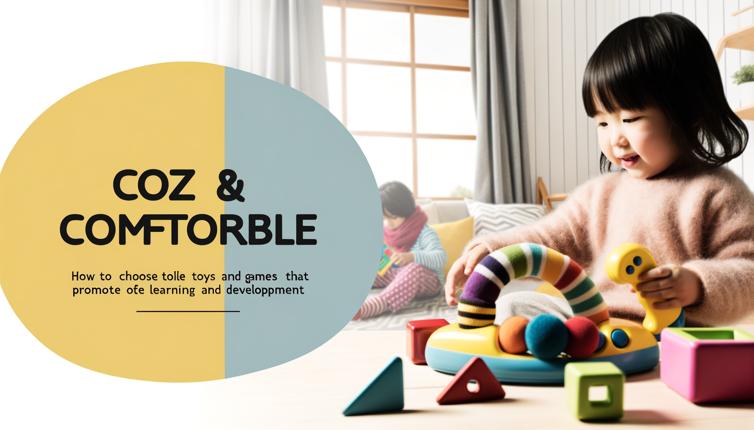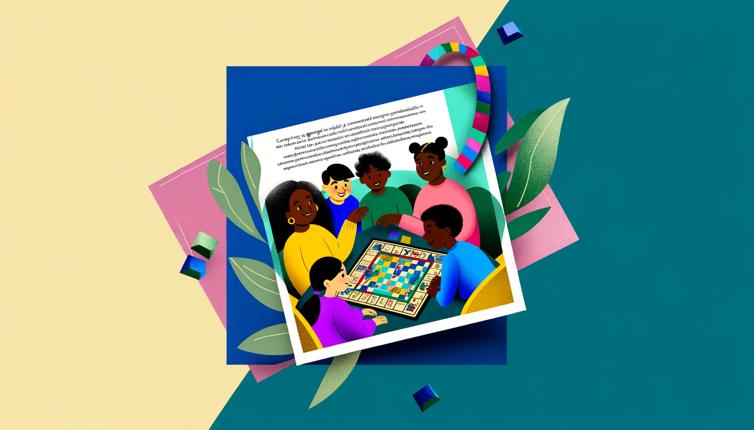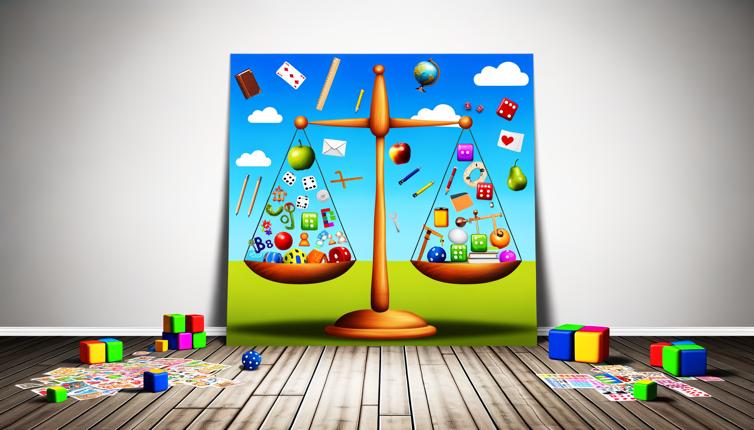1. Age-appropriate
One of the first things to consider when choosing toys and games for children is their age appropriateness. Different age groups have different developmental needs and abilities. Make sure to choose toys and games that are suitable for your child's age.,For babies and toddlers, choose toys that are safe, colorful, and have different textures. They should be easy to grasp and manipulate. Toys that make sounds or have lights can also be engaging for young children.,Preschoolers and school-age children can benefit from toys and games that promote problem-solving, creativity, and imagination. Building blocks, puzzles, art supplies, and board games are great options for this age group.
2. Educational Value
Look for toys and games that have educational value. They should help children develop important skills such as hand-eye coordination, fine motor skills, and critical thinking. Choose toys and games that encourage exploration, experimentation, and problem-solving.,STEM (Science, Technology, Engineering, and Math) toys are particularly beneficial for promoting learning and development. These toys introduce children to concepts such as coding, engineering, and scientific exploration.,Language and literacy skills can be enhanced with toys that promote storytelling, reading, and writing. Look for toys that have letters, numbers, and words.,Finally, consider toys and games that encourage social interaction and cooperation. These can help children develop social skills, empathy, and communication.
3. Safety
Safety should always be a top priority when choosing toys and games for children. Make sure that toys are age-appropriate and do not have small parts that can be a choking hazard. Check for any sharp edges or loose parts. Look for toys that are made from non-toxic materials.,It's also important to consider the durability of toys. Choose toys that are well-made and can withstand rough play without breaking or causing harm.,Always follow the age recommendations and safety guidelines provided by the manufacturer.
4. Open-Ended Play
Toys and games that allow for open-ended play can foster creativity and imagination. These types of toys do not have a specific right or wrong way to play with them, allowing children to explore and come up with their own ideas.,Examples of open-ended toys include building blocks, dolls, dress-up clothes, and art supplies. These toys can be used in a variety of ways and can grow with the child as their play interests change.,Avoid toys that are highly structured or limit creativity, such as electronic gadgets that have pre-determined functions.
Conclusion
Choosing toys and games that promote learning and development can have a positive impact on your child's growth. By considering factors such as age-appropriateness, educational value, safety, and open-ended play, you can select toys and games that will engage and challenge your child in a meaningful way. Remember to play with your child and actively participate in their playtime to further enhance their learning experience.









